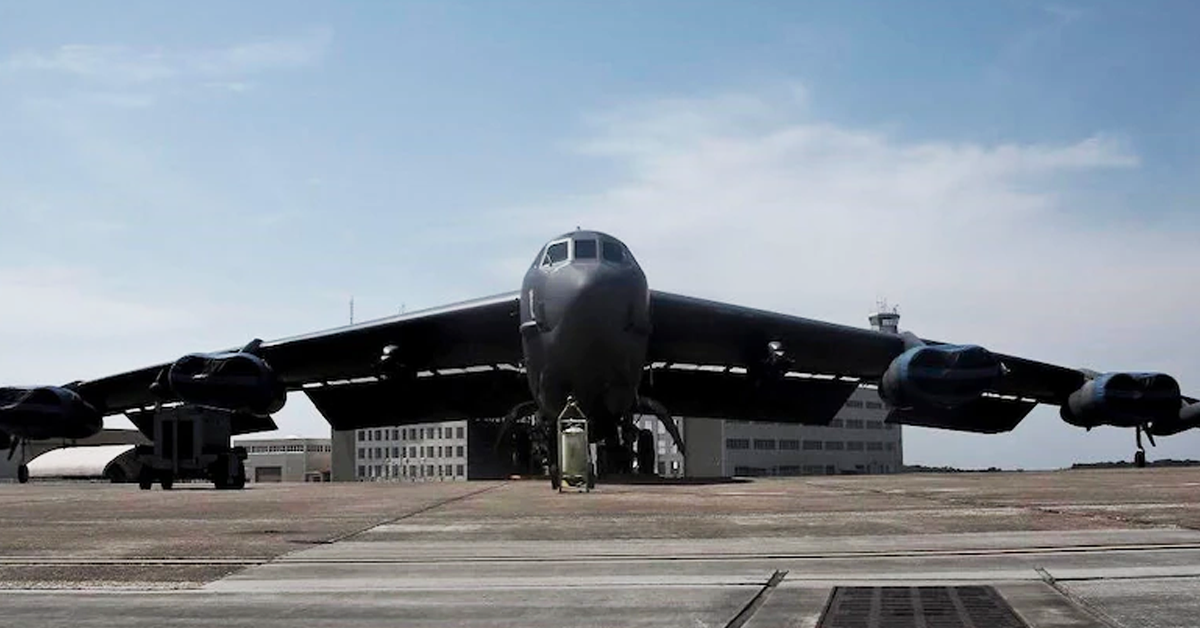Rolls-Royce has won a potential 17-year, $2.6 billion contract to provide replacement engines for the U.S. Air Force’s fleet of Boeing-built (NYSE: BA) B-52H Stratofortress bombers.
The Air Force Life Cycle Management Center received four bids for the indefinite-delivery/indefinite-quantity contract, which has a base period of six years worth approximately $500.8 million, the Department of Defense said Friday.
Rolls-Royce will provide 608 F130 engines, related support equipment, spare engines and commercial engineering data, including sustainment activities.
The Air Force will obligate $5.5 million in research and development funds for fiscal 2021 at the time of award and expects work to occur in Indianapolis through Sept. 23, 2038 if all options are exercised.
Boeing oversees the integration of engines onto the bombers and the service said it plans to complete integration work and deliver the initial lot of B-52H modified planes by the end of 2028.
The Air Force said it expects the first two fully modified B-52 bombers to be delivered by the end of 2025 and undergo flight and ground tests.
Brig. Gen. John Newberry, Air Force bombers program executive officer, said the B-52 Commercial Engine Replacement Program does not only seek to replace the bomber’s engine but also update the struts, nacelles and the flight deck area.
“Our current virtual digital prototyping efforts are giving us an opportunity to integrate the engines and other changes to the B-52 before doing any physical modifications. This has allowed us to develop the most cost-efficient solution while reducing the time from concept to production,” added Newberry.
B-52H can perform strategic attack, offensive counter-air and maritime, air interdiction and close-air support missions and can transport nuclear or precision-guided conventional ordnance. The long-range, heavy bomber can fly at altitudes up to 50,000 feet and high subsonic speeds. The new engines are expected to be operational on the aircraft through at least 2050.




